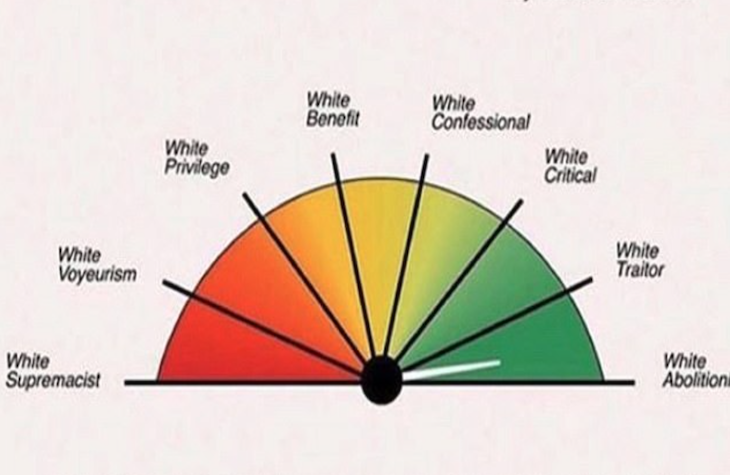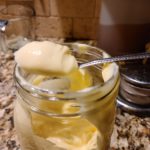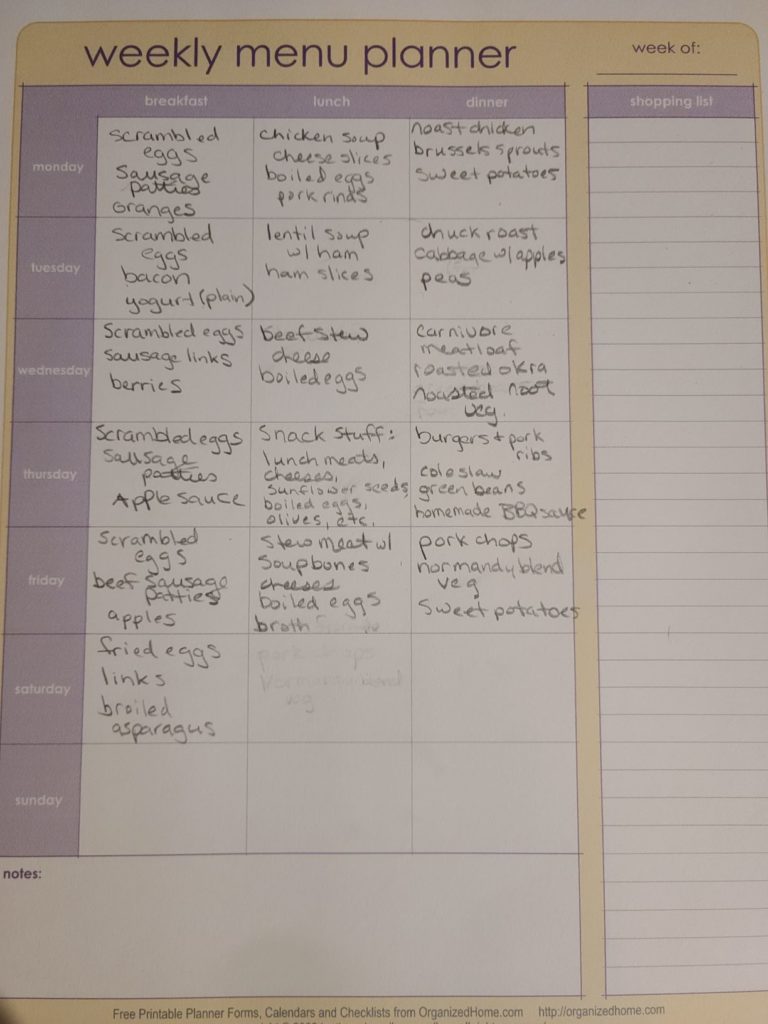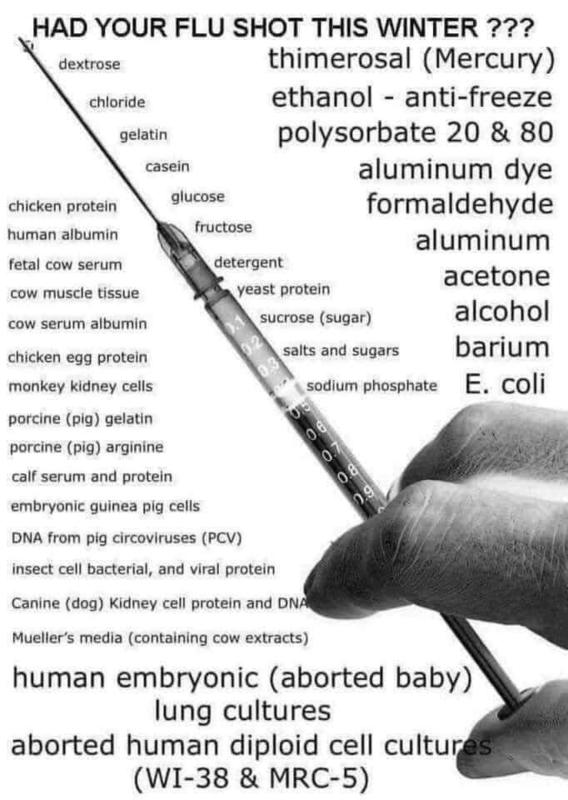Polyphenols! Antioxidants! Vita-mints!
(As usual, nothing in this blog post is to be taken as professional medical advice or instruction. Even the parts where I call your doctor an idiot should not prevent you from consulting your doctor about any changes you make to your diet or exercise. I’m a hillbilly mommy blogger. Take me just as seriously as that warrants, and we’ll get along just fine.)
I am often asked what kind of supplements I have to take because meat is basically the only thing I eat. The first time I was asked this, I was kind of surprised. I never really thought about it because it seems obvious: I’m made of meat, therefore meat should have everything in it that I need to eat. Of course, this is a silly gut feeling and not a deeply researched conclusion. So I have done a little research over the last year or so, just to be sure I’m not missing out on something that only broccoli can give.
While my instincts led me to the correct place, the reasoning I laid on top of the intuition to explain it wasn’t very good, was it? You could just as easily think that because the animals I eat are also made of meat, and they eat plants, then I should eat plants, too. But many of the animals I eat turn out to be not very much like me, having things like crops and extra stomachs to add umph to their digestive workings. As it turns out, those animals are doing a great deal with their digestive systems that I can’t. I then eat them, so that I can get the nutrients from plants in a form that I can use.
As one guy whose name I can’t recall said “My eyes are in the front of my head, and I only have one stomach.” My stomach acid is that of a predator, not a ruminant animal. I don’t have the enlarged cecum of an herbivore that would allow me to digest large amounts of fiber like a gorilla does. I am clearly designed to hunt and eat meat. Since going carnivore, I can tell you on a personal level that my results bear out my gut instinct, however silly it may have seemed to begin with. I’ve never been so consistently healthy and happy in my life.
But what about those vitamins, huh? Especially Vitamin C, which is apparently the only thing standing between me and certain death. Everybody swears by mega-dosing with C, including some very smart people, but I’ve concluded that nobody actually needs to do this, provided they’re willing to make the changes necessary to keep their bodies healthy without supplementation. Even if you’re trying to avoid getting a cold or think it will help with cancer, I don’t see a lot of value in just shoveling in more supplements to cover for a detrimental diet.
There are couple of little secrets the food nannies haven’t let us in on for some reason. Among the best-kept is that there is C in fresh meat. Yes, there is. So there’s that, but the other secret is even more interesting. You see, vitamin C and insulin compete for the same receptors in your cells. When you’re chronically consuming carbohydrates, and thus chronically raising your insulin, your cells are less able to use whatever vitamin C you consume, making higher and higher doses necessary to get any of the needful nutrient into your tissues. As you become more hyperinsulinemic, you become more vitamin C deficient.
Some people do need a vitamin C supplement. Those people are not carnivores. All the stories about limes saving sailors from scurvy have very little to do with the limes, and much more to do with their insanely deficient diet. They ate dried meats, beer, and refined carbohydrates all day long. Of course they got scurvy.
Instead of spending extra money and time to take more and more of something that you’re actually getting plenty of, if you’d only stop wasting it, why not just lower the carbohydrate load to a point where your glucose, and thus your insulin, no longer impede your body’s use of it? You could even lower your carbs to zero for maximum effect.
Besides C, though, there’s a plethora of vitamins and minerals that we’re told we need to worry about. People who want you to assume that meat is bad for you conveniently leave out the fact that meats have every single nutrient you need in them. Do you know which people need a whole lot of supplements to survive? Vegans and vegetarians. There are a number of nutrients that you simply can’t get from plants. B12, DHA, iron, Vitamins D, A, and K, and many minerals like selenium are missing in a vegan diet, and remain inadequate in a less strict vegetarian diet with eggs. Even those plants that are touted as having a lot of nutrients often have them in the wrong form for humans to absorb and use. Some plant foods block the absorption of vital nutrients, as black beans are known to do for zinc. Plants are not your friend if you’re trying to get vitamins and minerals to stay healthy. I know this is hard to hear. I used to like black beans, too, especially with tortillas and salsa.
What about all the other super-food things? Don’t I need the polyphenols in chocolate or the antioxidants in blueberries to keep me from getting cancer or something? The simple answer for me is no. You should do your own research, of course, but I have read a lot of the literature on these things. Go ahead and eat those superfoods if you think they’ll help you. I doubt there’s much harm in many of them in the amounts you’ll be consuming them–the low-sugar foods like berries, anyway. But there is, as far as I can tell, no advantage in consuming these things, provided you get a totally unbalanced diet of meat, meat, and more meat.
I’ve concluded that those polyphenols are probably better termed “toxins”, as the power that they have seems to be in inducing a hormetic response, rather than providing something that you actually need in order to be healthy. They’re almost, to my thinking, a tiny dose of chemotherapy on a fork. That might be an ok thing to throw in there if you’re filling up on insulin-raising, immune-system destroying, cancer-feeding “foods” all day long, but I prefer to keep myself healthy by not doing things that require medicinal correctives to begin with. Your mileage may vary.
Hold on, though. I do think there is a place for supplementation! I take a couple of supplements at the moment. Depending on where you live and what diet you’ve been eating all your life, you might need some supplements, too, at least in the short term. I take the supplements I take, not because the carnivore diet is lacking, but because my environment is lacking. I simply can’t get enough sunshine or iodine where I live right now. Chances are you can’t, either. Meat helps, even with this, though, and I need far fewer supplements than I used to.
There are only two supplements I need right now: iodine and Vitamin D. Other people might need boosts of other nutrients, depending on their own location and physical needs.
I take Lugol’s 2% solution for iodine because the plants around here don’t have enough iodine in them for it to get into my meat. Everybody who lives inland and subsists mainly on meat from land animals should probably take an iodine supplement, regardless of diet. (Magnesium is also a good addition for some people for similar reasons. I don’t seem to need it, but Get Along Husband certainly does.) Most carnivores don’t even do this much, though, and they seem to be fine. With my thyroid history, I think it’s probably helpful, and I don’t see how it can hurt. The CW is that iodine is dangerous to the thyroid and we have to be very careful, but the CW is so ass-backward most of the time that I admit I just discount it out of hand now. And if that’s so, what’s with all the iodized salt in everything?
Vitamin D is just a good idea for everybody in the winter months. I use a brand that couples the D3 with K2, as D can wreak havoc with calcium absorption if there isn’t sufficient K. Some people trust that there’s enough K2 in their grass-fed meat and dairy, but I don’t feel too sure of that. The cows aren’t getting any more sun than I am right now, right? I take it once or twice a week in the winter months. This, however, is a far smaller dose than I needed back when I was consuming plants, because my diet contains more D than it used to, and I absorb all my nutrients to a far greater degree than I did when I had all that fiber clogging up the works. I used to struggle to keep my levels up, but now they stay right where they ought to without much effort at all. Just 5000-10000 IUs per week is sufficient now that I’m more replete. I suspect that I won’t need a supplement at all next winter, as long as I keep getting my sunshine, liver, and egg yolks all summer long. I get my D levels tested every fall to see what my needs will be going into the cold and flu season.
Rather than adding more and more “good” foods and supplements as medicine to offset the damage we’re causing to our bodies with harmful foods, the most effective way to be healthy is to keep from doing dietary harm in the first place. First, do no harm. Now, where have I heard that before?
Get your sunshine and eat your meat. It’s as simple as that.
(You’ll notice I’ve included no links. You have the same internet I have, so dig around and you’ll either find that I’m right or wrong. I’m a mommy blogger, but I’m not your mommy. I don’t have a lot of time to find links, but it’s a very searchable topic. Have fun finding out for yourself!)
 I always wanted to think Bill Barr was a white hat. I knew he didn’t act like one most of the time, but you just want a guy who plays the bagpipes to be a good guy. Well, he ain’t. He doesn’t play them very well, anyway.
I always wanted to think Bill Barr was a white hat. I knew he didn’t act like one most of the time, but you just want a guy who plays the bagpipes to be a good guy. Well, he ain’t. He doesn’t play them very well, anyway.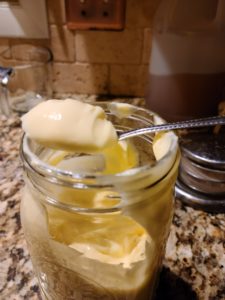 As I heard someone else say the other day, I am a white-enthusiast. That is love for my own people (who are a subset of “white”, anyway), and a perfectly normal human instinct. We should all love our own people, starting with our families.
As I heard someone else say the other day, I am a white-enthusiast. That is love for my own people (who are a subset of “white”, anyway), and a perfectly normal human instinct. We should all love our own people, starting with our families.